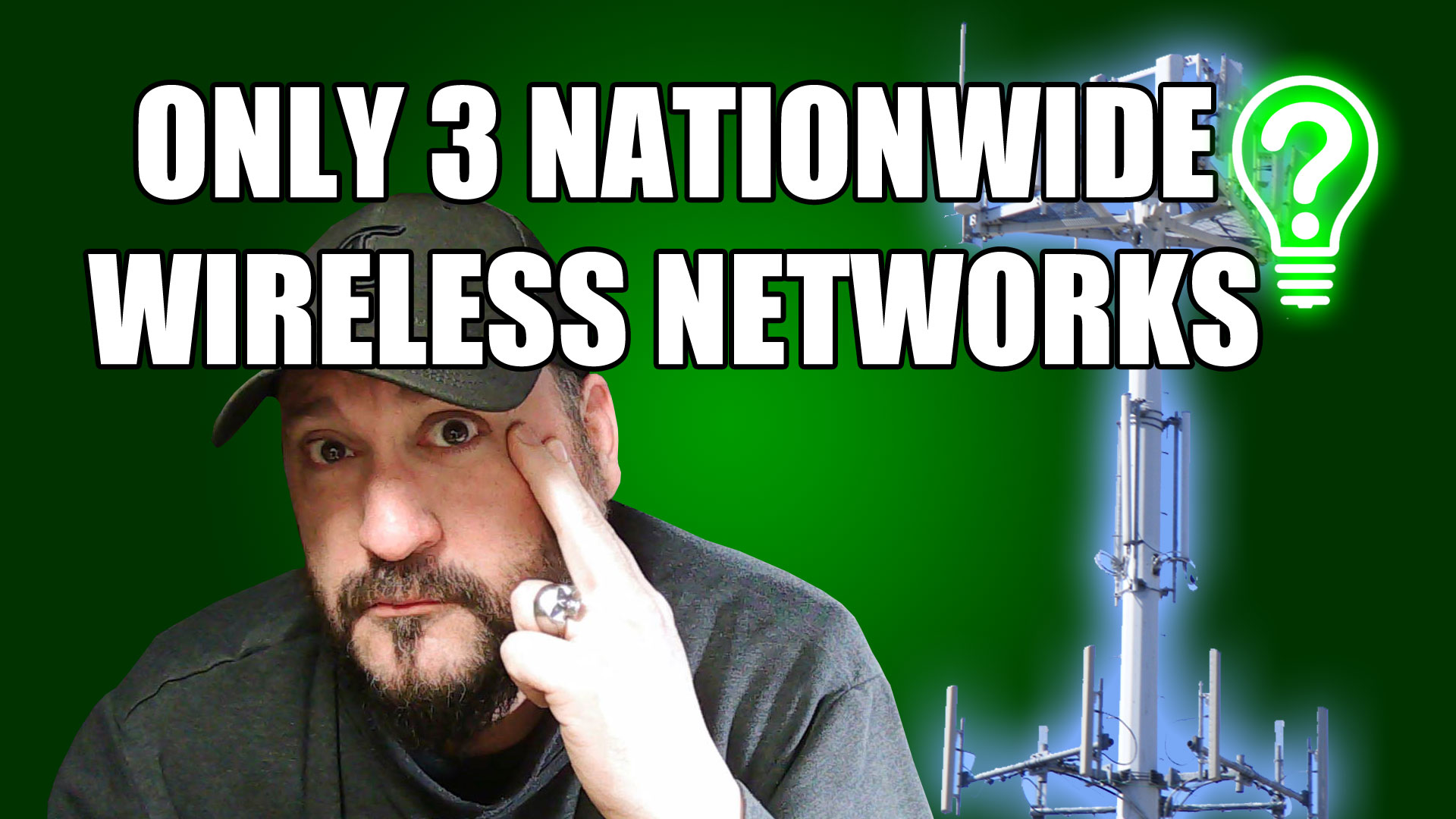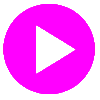
Only 3 Nationwide Wireless Networks in the U.S. – Learn Stuff
These days, you can’t be on the internet, or turn on your TV, without seeing ads from wireless networks trying to get you to switch to their service. There are literally dozens of these companies across the U.S. and, depending on where you live, you may have quite a few options.
The reality is, there are only three providers that actually maintain their own networks nationwide. The remainder generally specialize in limited areas of a single state and utilize the Big Three networks to provide their customers sufficient coverage. Let’s see who provides what… and where.
The first provider we’ll look at is Dish Network (8.9 million subscribers). As of 2021, they are the fourth largest wireless provider by number of subscribers. There would be “The Big Four” but technically, at least so far, Dish hasn’t completed their own infrastructure. Until they do, Dish customers are actually on the T-Mobile Network.
One of the newest wireless companies is Mint Mobile which was founded in 2015. Ever since Ryan Reynolds bought into the company in 2020, you see their ads everywhere. Mint Mobile relies 100% on T-Mobile’s network to provide service to their customers.
I’ll note that U.S. Cellular (4.9 million subscribers) has pretty much nationwide coverage on what seems to be their own network. However, their infrastructure is technologically behind that of the Big Three and U.S. Cellular depends on them to provide nationwide coverage.
If you live in the South East, you may be familiar with C Spire Wireless (1.2 million subscribers). C Spire maintains a network in Alabama, Mississippi, Tennessee, and Florida.
Another South Eastern regional provider is Southern Linc (170,000 subscribers), which covers Alabama, Georgia, Mississippi, and Florida .
If you are an old-school cell user like myself, you’ll remember that Cellular One has been around since the 90’s. Today, that company is owned by Alta Communications and their own network only covers parts of Texas and Louisiana.
Head out to the Western states and you’ll find Choice and Commnet Wireless, both owned by Atlantic Tele-Network. I find this interesting, as their territory covers Arizona, Colorado, Montana, Nevada, New Mexico, Texas, Utah, Wyoming, and… the U.S. Virgin Islands? None of those states are anywhere near the Atlantic.
Slightly east of this area is Viaero Wireless (110,000 subscribers) based in Colorado. They have infrastructure in Wyoming, Nebraska, Kansas, South Dakota, and – of course – Colorado.
The remainder of the dozens of other providers mostly specialize in areas of a single state, as I had mentioned previously. For instance, we have Indigo Wireless where I live in Pennsylvania. They have their own infrastructure, but it is localized to a few sparsely populated counties in the North Central region that would have poor coverage otherwise.
I’m not saying that any of the providers mentioned above cannot or do not provide excellent coverage for their customers across the country. I am saying that their infrastructure is limited, and – at some point – their service relies on the networks of the Big Three.
THE BIG THREE represent 323.9 million of the 442.46 million wireless subscribers in the United States. That means nearly 75% of all wireless customers belong to them, with all the other providers in the country sharing the remaining 25%.
AT&T – The roots of the mother company go back to 1878 and the modern company is based in Georgia. The wireless division used to be known as Cingular (remember them?) and currently includes Cricket. AT&T provides a modern infrastructure to a third place 97.8 million customers across the contiguous U.S., Alaska, and Hawaii.
T-Mobile – The youngest of the large wireless providers is also the only one that doesn’t originate from the U.S.. T-Mobile is out of Bonn, Germany and also includes Metro and what used to be Sprint. At second place, 104.8 million of their customers enjoy the largest 5G network across the contiguous U.S., Hawaii, Puerto Rico, and the U.S. Virgin Islands.
Verizon – Way out in front, this is that largest wireless carrier in the United States with 121.3 million subscribers. Based in New Jersey, Verizon used to be part of AT&T decades ago (which is an entirely more complicated article for another time). They cover all 50 states, including Alaska and Hawaii.
Lessons Learned
Three companies control ~75% of all wireless customers
Companies you may remember: Cingular, Cricket, Metro, Sprint, Nextel – were all absorbed and eventually became part of those Big Three
You may not be a customer of AT&T, T-Mobile, or Verizon – but chances are you have used their network infrastructure at some point.
eric’s opinion
Honestly, I have always known that most wireless service was handled by a small handful of companies, that’s why I wrote this.
Since the mid-90’s, I have been a customer of Cellular One, Cingular, AT&T, Nextel, and Verizon – in that order. I have been with Verizon for nearly 20 years and honestly can’t complain (though I wouldn’t mind a discount). My favorite was Nextel, because the 2-way feature was great back when coverage wasn’t good anywhere and their phones where indestructible.


































 GO PA!
GO PA! Learn Stuff
Learn Stuff Video
Video shop.kellyplanet.com
shop.kellyplanet.com


 Contact erickelly
Contact erickelly

Leave a Reply
You must be logged in to post a comment.